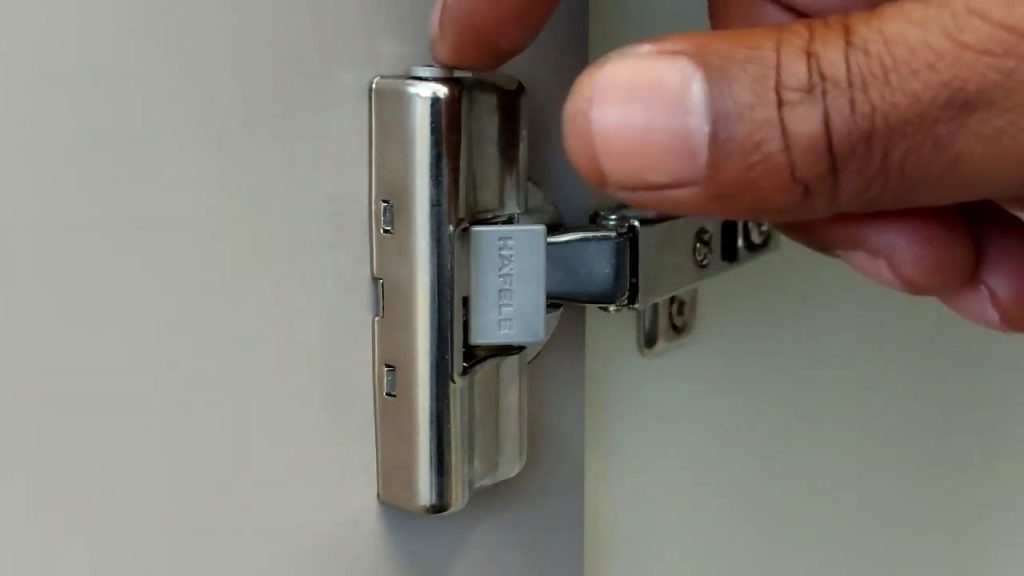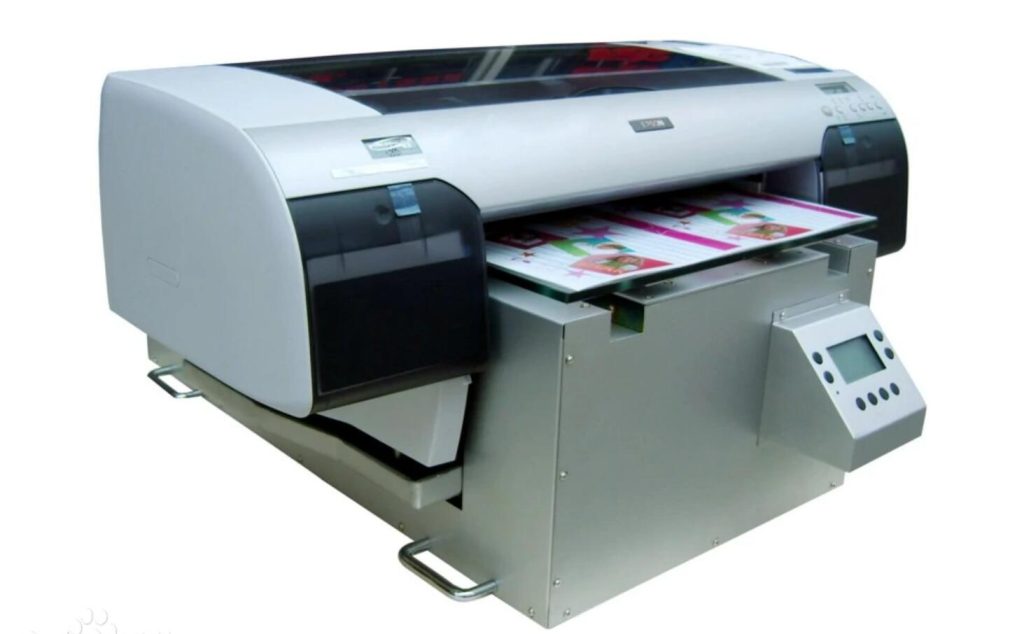Cleaner manufacturing starts with smarter choices in equipment and technology. One major improvement in this area is the rise of eco-smart can package machines. These machines are designed to reduce energy use, cut waste, and improve overall production efficiency. With growing awareness of environmental impact, many industries are now adopting greener packaging solutions. Eco-smart packaging machines help companies meet sustainability goals while also saving on costs and resources. Switching to modern, eco-conscious machinery is a practical step toward cleaner, greener, and more responsible manufacturing practices.
What Is Eco-Smart Can Packaging Machines?
Eco-smart can package machines are advanced systems designed with energy-saving, low-waste, and high-efficiency features. They are built to use less power, reduce material waste, and handle packaging in a way that minimizes harm to the environment.
Core features of eco-smart machines:
- Energy-efficient motors and systems
- Minimal material wastage during operation
- Recyclable or biodegradable packaging support
- Compact designs to reduce factory space usage
- Automated systems to reduce human error and overuse of resources
Benefits of Eco-Smart Machines for Manufacturers
Switching to eco-smart machines does not just help the environment it also improves factory performance and reduces operating costs. These machines are faster, more reliable, and often require less maintenance.

Key benefits include:
- Lower electricity bills due to energy-saving designs
- Reduced material costs through better precision and less wastage
- Cleaner production environments with less noise and emissions
- Increased output with smart automation
- Compliance with green regulations and sustainability standards
Environmental Impact of Smart Packaging Machines
By cutting down on energy use and packaging waste, these machines support larger efforts to reduce carbon footprints. They often work with recyclable materials and use less plastic, which helps protect the environment long-term.
Positive environmental effects:
- Decreased CO₂ emissions from energy use
- Lower packaging waste going to landfills
- Support for a circular economy through material reuse
- Reduced water usage in cleaning and cooling systems
How to Choose the Right Eco-Smart Machine
Selecting the right eco-friendly packaging machine depends on your production scale, product type, and sustainability goals. Choose Levapack for can filling and sealing machines built with advanced automation to streamline packaging and improve overall operational productivity. Many companies offer custom options with smart sensors, programmable settings, and integration with eco-friendly materials.
Consider the following when choosing a machine:
- Power usage per unit output
- Material compatibility especially with recyclable cans
- Automation features and ease of maintenance
- Space-saving design and flexibility
- Vendor support for sustainability upgrades
Eco-smart can package machines offer a powerful way to make manufacturing cleaner, smarter, and more sustainable. By investing in these machines, companies can reduce costs, protect the environment, and stay ahead of eco-regulations. It is a simple shift with long-term benefits for both business and the planet.
Quick Summary:
- Eco-smart machines reduce waste and save energy.
- Improve production speed, accuracy, and cost-efficiency.
- Support environmental goals through lower emissions and less plastic.
- Help meet global sustainability standards.
Cleaner manufacturing is possible and it starts with smarter machines.





